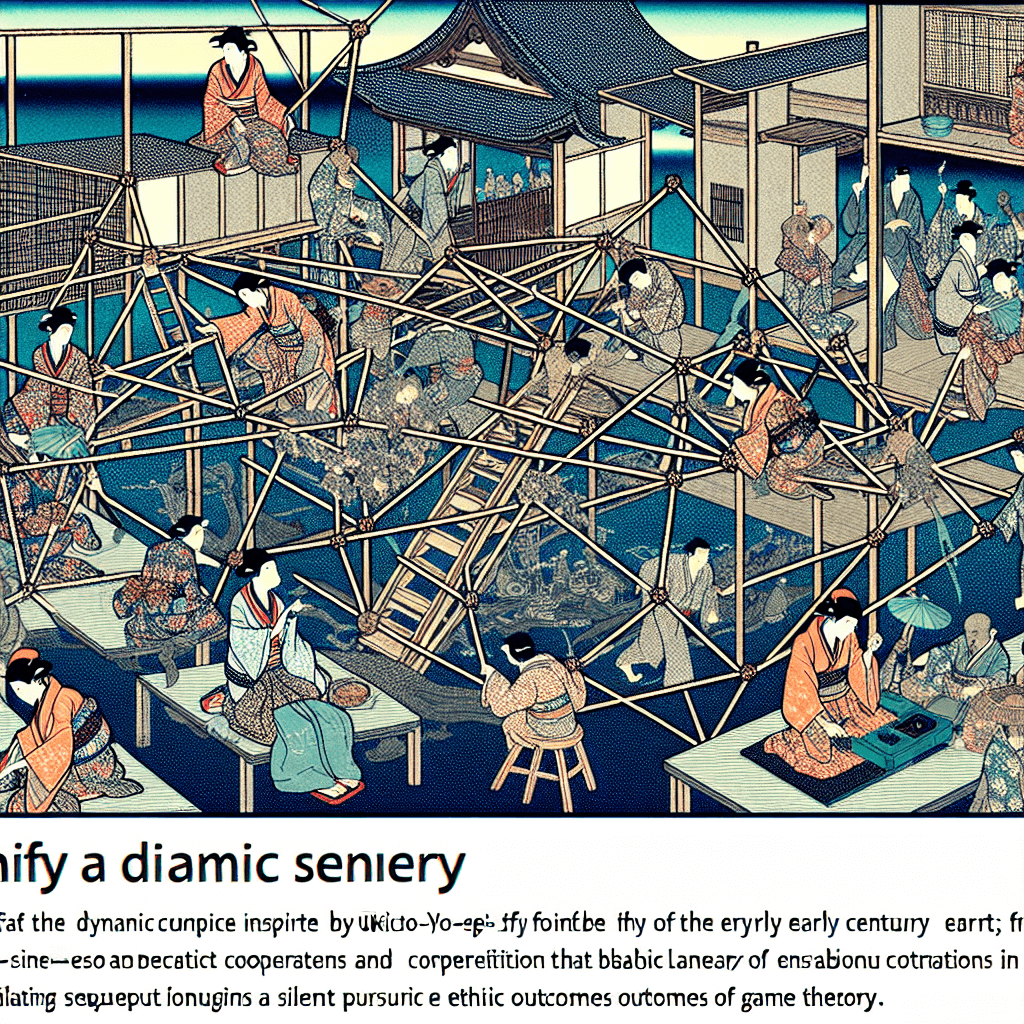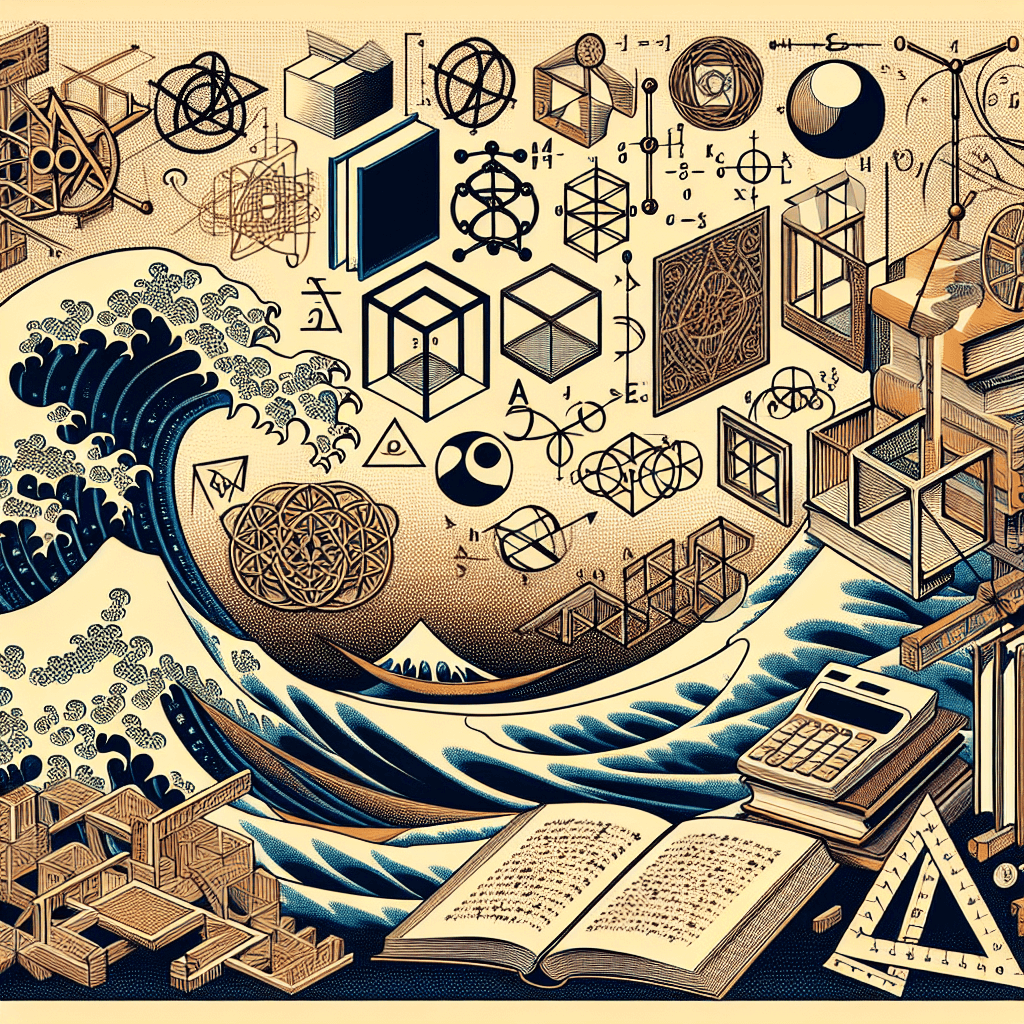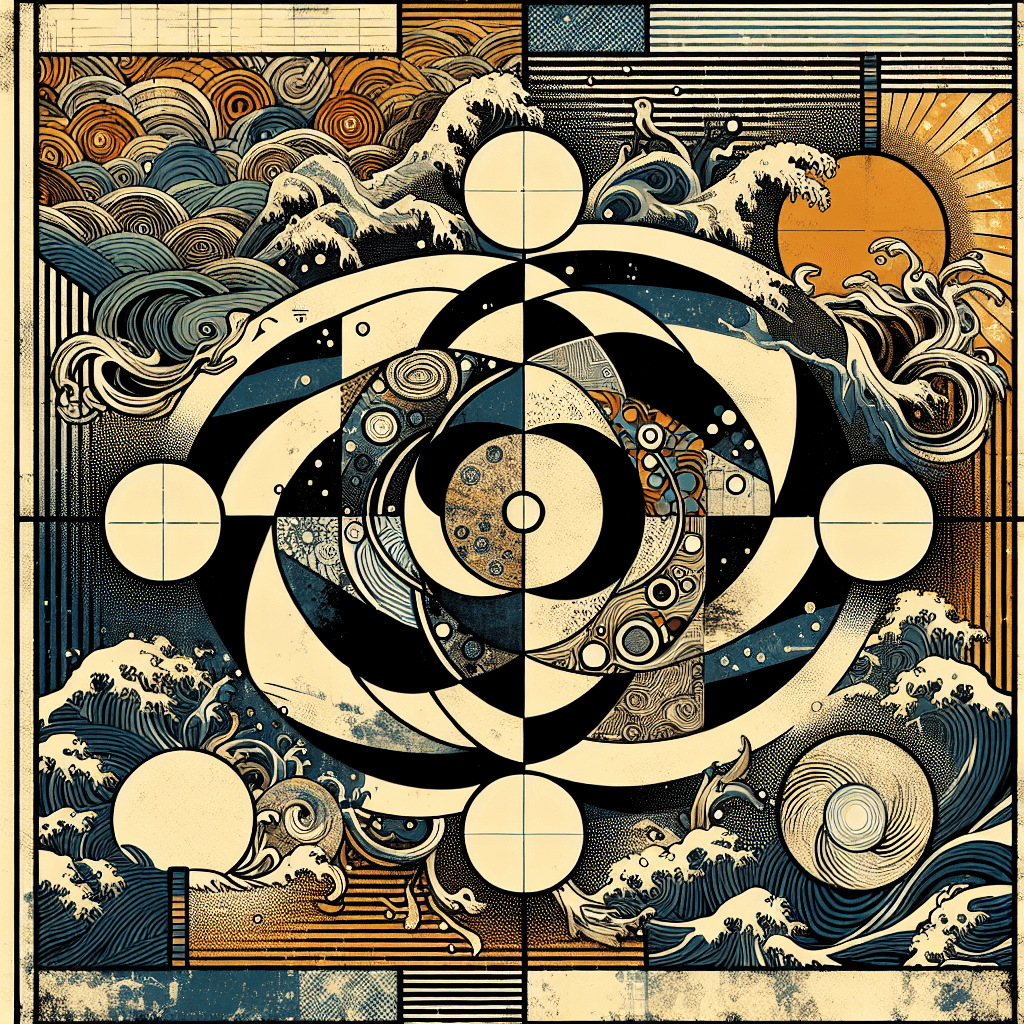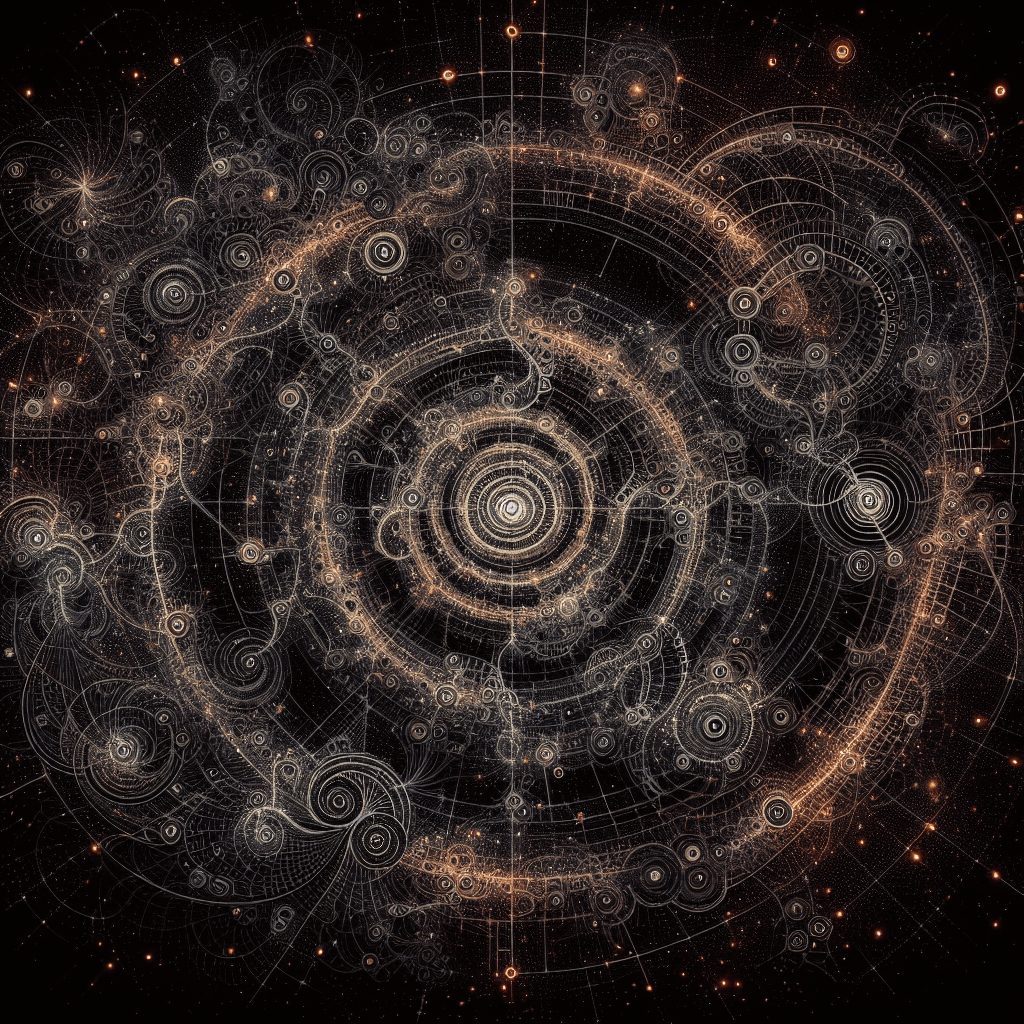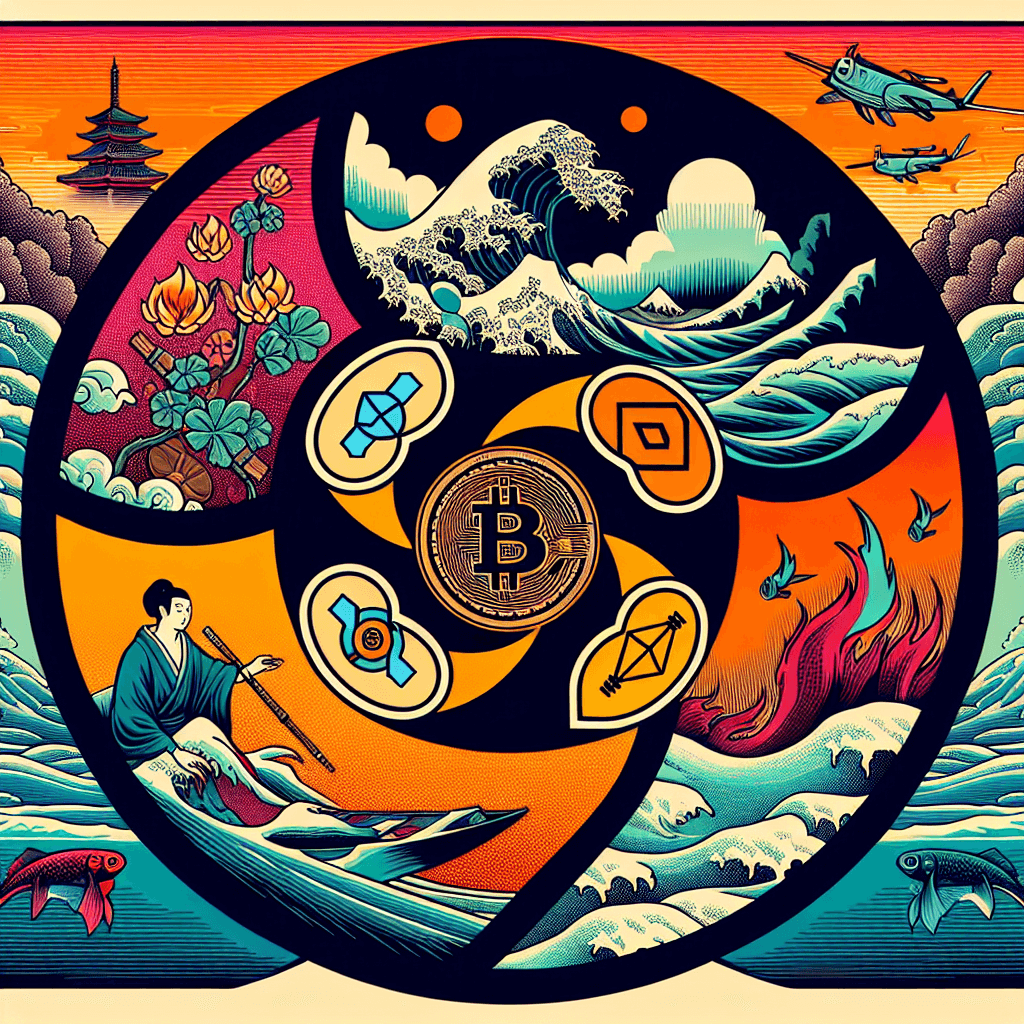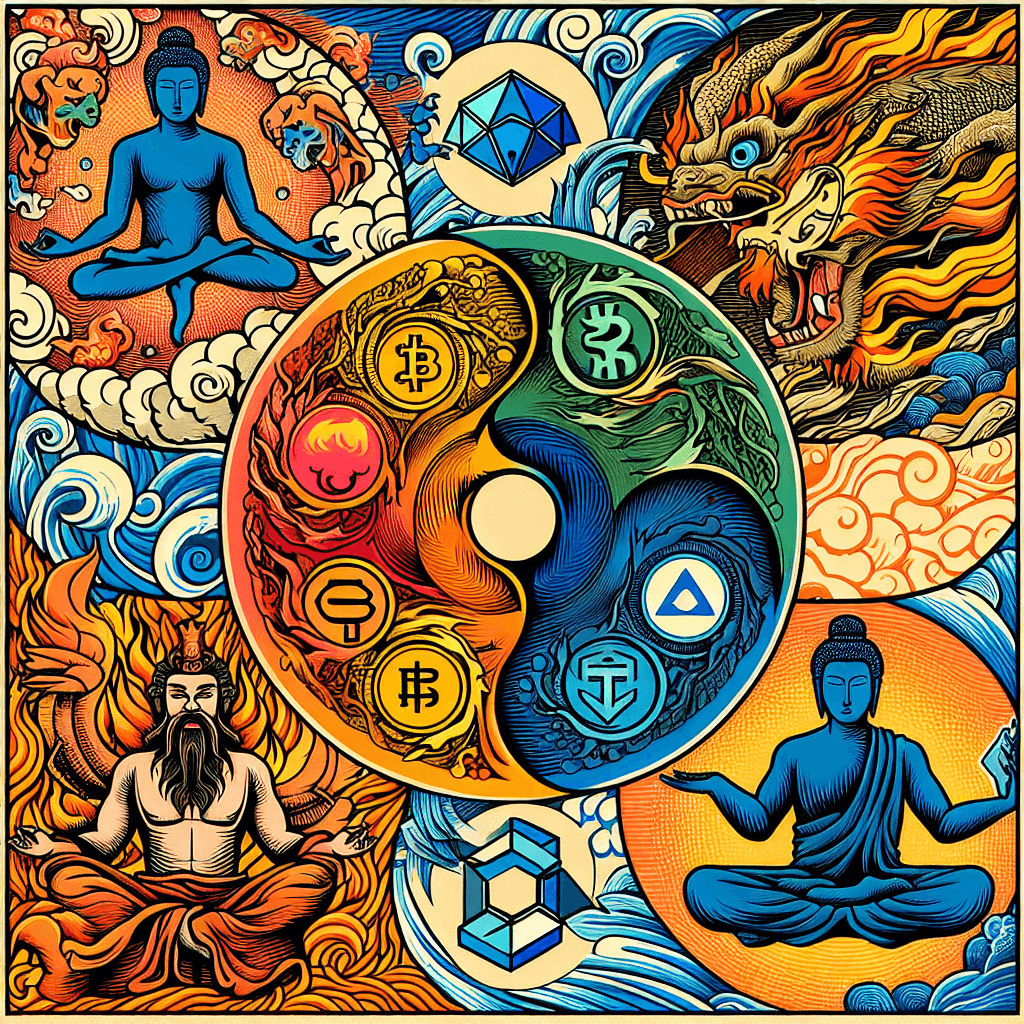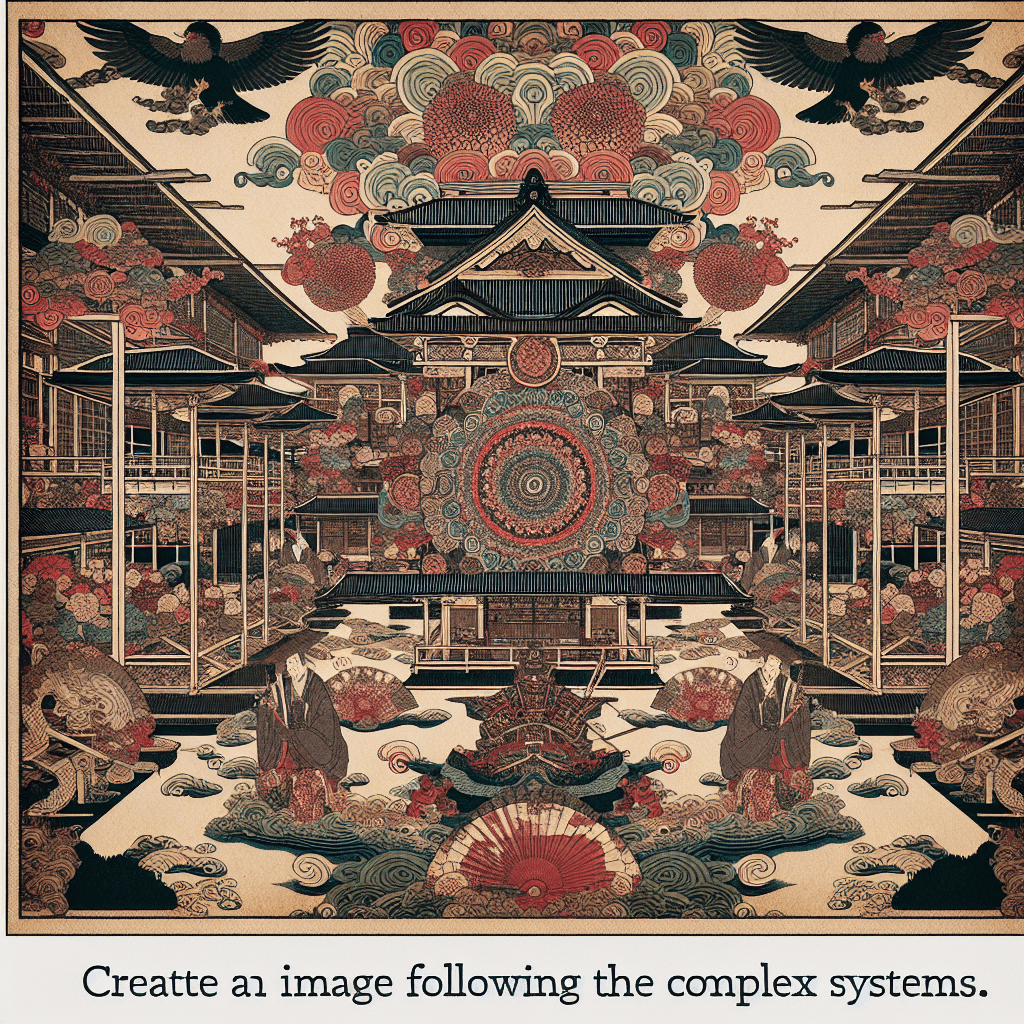The Foundation of Blockchain: Understanding L0, L1, L2, and L3
syndu | May 28, 2024, 9:21 p.m.
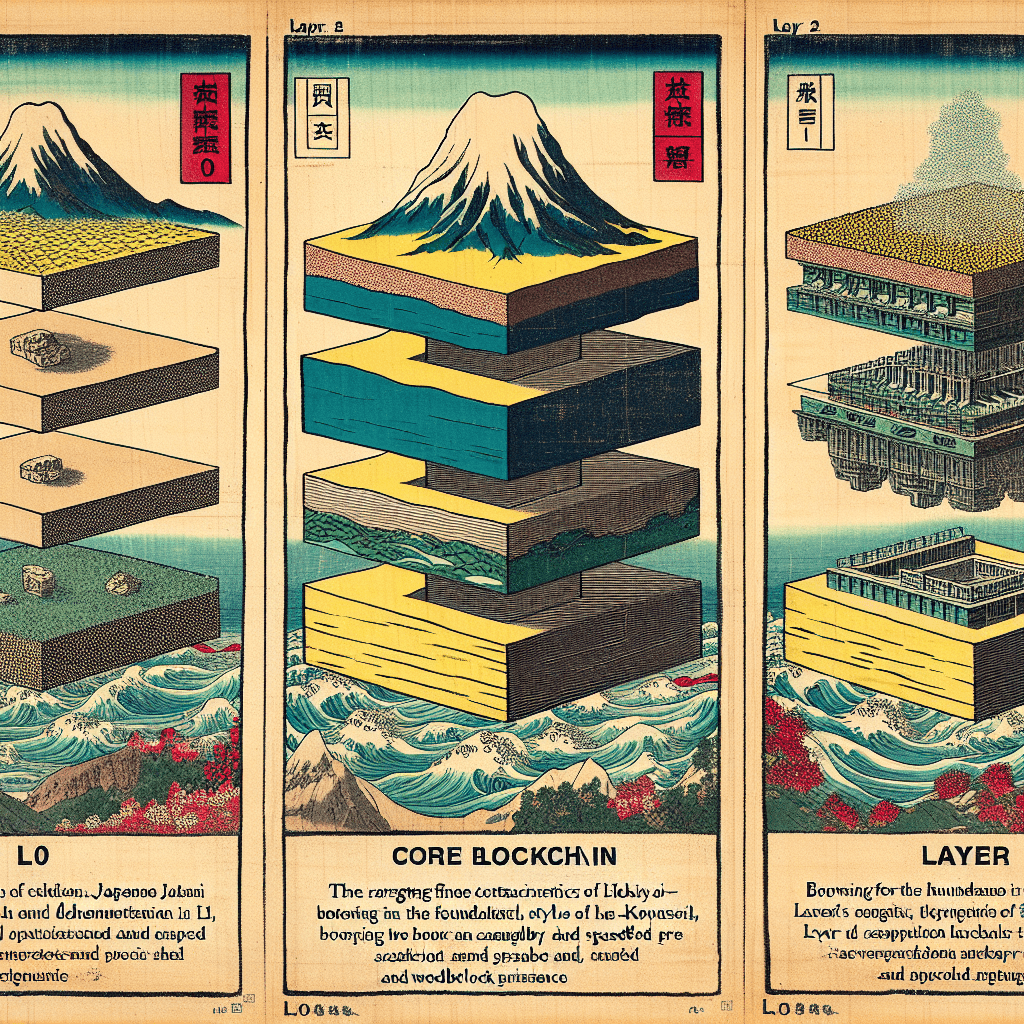
Content Series: Understanding Blockchain Layers and Leading Solutions
Part 1: Introduction to Blockchain Layers
The Foundation of Blockchain: Understanding L0, L1, L2, and L3
Introduction:
Blockchain technology is often described in layers, each serving a specific function in the ecosystem. Understanding these layers is crucial for grasping how different blockchain solutions operate and interact. In this series, we'll explore the four primary layers: L0, L1, L2, and L3, and highlight leading solutions within each layer.
Part 2: Layer 0 (L0) - The Underlying Infrastructure
Layer 0: The Backbone of Blockchain Networks
Definition: Layer 0 refers to the underlying infrastructure that supports the entire blockchain ecosystem. This includes the hardware, networking, and protocols that enable the operation of blockchain networks.
Leading Solutions:
- Polkadot: Polkadot is a multi-chain network that allows different blockchains to interoperate. It provides a scalable and flexible infrastructure for building and connecting blockchains.
- Cosmos: Cosmos aims to create an Internet of Blockchains, enabling different blockchains to communicate and transact with each other seamlessly.
Conclusion: Layer 0 is the foundation upon which all other blockchain layers are built. It provides the necessary infrastructure for the operation and interconnection of various blockchain networks.
Part 3: Layer 1 (L1) - The Base Protocol
Layer 1: The Core of Blockchain Functionality
Definition: Layer 1 refers to the base protocol of a blockchain network. It includes the consensus mechanism, data structure, and fundamental rules that govern the blockchain.
Leading Solutions:
- Bitcoin: The first and most well-known blockchain, Bitcoin operates on a proof-of-work consensus mechanism and serves as a decentralized digital currency.
- Ethereum: Ethereum is a versatile blockchain that supports smart contracts and decentralized applications (dApps). It is transitioning from proof-of-work to proof-of-stake with Ethereum 2.0.
Conclusion: Layer 1 is the core of blockchain functionality, providing the essential protocols and rules that enable decentralized operations and transactions.
Part 4: Layer 2 (L2) - Scaling Solutions
Layer 2: Enhancing Blockchain Scalability
Definition: Layer 2 solutions are built on top of Layer 1 blockchains to enhance scalability, speed, and efficiency. They aim to address the limitations of Layer 1 by offloading some of the processing tasks.
Leading Solutions:
- Lightning Network: A Layer 2 solution for Bitcoin that enables fast and low-cost transactions by creating off-chain payment channels.
- Optimistic Rollups: A Layer 2 solution for Ethereum that increases transaction throughput by bundling multiple transactions into a single batch.
Conclusion: Layer 2 solutions are crucial for improving the scalability and efficiency of blockchain networks, making them more practical for widespread use.
Part 5: Layer 3 (L3) - Application Layer
Layer 3: The Interface for Users and Developers
Definition: Layer 3 is the application layer where users interact with blockchain technology. It includes decentralized applications (dApps), user interfaces, and APIs.
Leading Solutions:
- Uniswap: A decentralized exchange (DEX) built on Ethereum that allows users to trade cryptocurrencies directly from their wallets.
- Chainlink: A decentralized oracle network that connects smart contracts with real-world data, enabling more complex and useful dApps.
Conclusion: Layer 3 is where blockchain technology meets the end-user, providing practical applications and interfaces that leverage the underlying blockchain infrastructure.
Part 6: Positioning the Game of Godai Along the Layers
The Game of Godai: Integrating Blockchain Layers
Introduction: The game of Godai can be positioned along the blockchain layers to leverage their unique capabilities and enhance the gaming experience.
Layer 0 Integration: Utilizing Polkadot or Cosmos for a scalable and interoperable gaming infrastructure.
Layer 1 Integration: Building the core game logic and smart contracts on Ethereum for robust and secure operations.
Layer 2 Integration: Implementing Layer 2 solutions like Optimistic Rollups to ensure fast and cost-effective transactions within the game.
Layer 3 Integration: Developing user-friendly interfaces and dApps for seamless interaction with the game, using platforms like Uniswap for in-game asset trading and Chainlink for real-world data integration.
Conclusion: By strategically positioning the game of Godai along the blockchain layers, we can create a powerful and engaging gaming experience that leverages the strengths of each layer.
This content series will provide a comprehensive understanding of blockchain layers and how leading solutions operate within each layer. It will also lay the foundation for integrating the game of Godai into the blockchain ecosystem, ensuring a seamless and innovative gaming experience.
